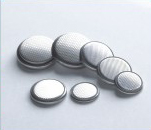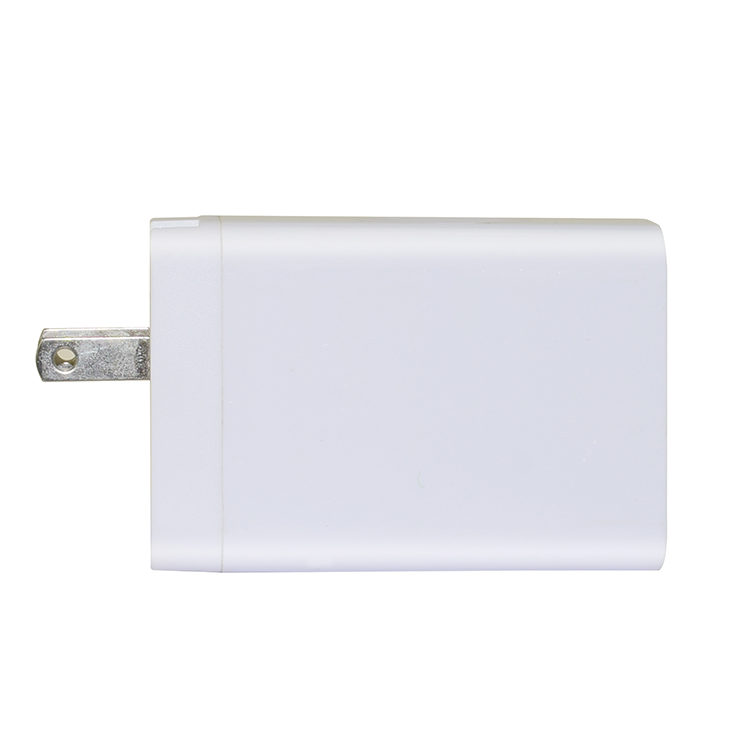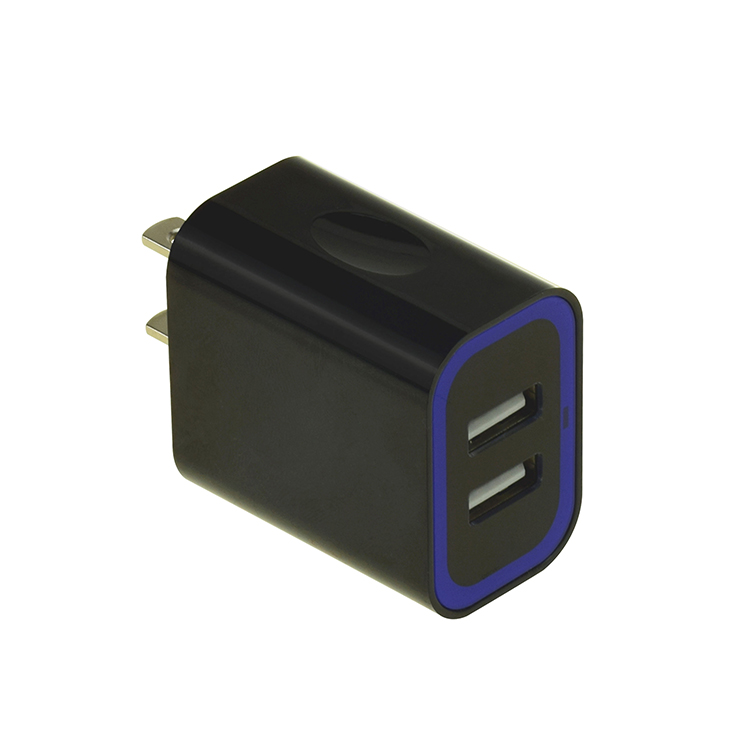 I. Cathode Materials: Development Path of High Capacity and Cost Reduction
I. Cathode Materials: Development Path of High Capacity and Cost Reduction The domestic cathode technology is mature, and localization of lithium cobalt oxide, lithium manganate, ternary nickel-cobalt-manganese, and lithium iron phosphate materials has been realized. However, as high-energy high-end products are brought along with excess capacity and industry demand, the company's gross profit margin starts to Decline, there are four specific points:
1, positive excess capacity of the cathode, fierce competition.
This year, cathode material companies will also be in destocking. There are about 20 cathode material companies in China, and there is a serious surplus of total capacity compared with the demand growth. The industry will continue to shuffle this year and the competitive landscape will begin to differentiate.
In 2010, the domestic positive demand was 17,200 tons/year, and the major enterprises produced 22,000 tons (the production and sales of the five leading companies were all over 3,000 tons, occupying 75% of the market share), and more than 30% were exported. China's production and sales account for about 30% of the world's total. From the domestic domestic cathode material production capacity of major domestic enterprises in 2011, domestic production capacity of 65,000 tons has been able to meet global demand, with a serious surplus.
2. The positive trend of the gross profit margin will be stabilized within the year.
The main reason for the drop in the positive margin was that competition has exacerbated excess capacity and raw material cobalt costs have risen. Cobalt prices are expected to stabilize this year.
3. The opportunity for the cathode this year lies in its high capacity and low cost in the cobalt system.
Lithium cobaltate materials have a tendency to have high capacity, and ternary or dual-element+manganese-based electric tools and toys have a tendency to reduce costs due to stable demand.
4. For most cathode materials companies, it is difficult to switch high-capacity customers in the short-term.
The reason for the difficulty in supplying high-capacity batteries is that high-capacity battery materials require battery factory certification, and the number of test cycles takes a long time, which is more than 10 months.
In terms of technology, for domestic lithium iron phosphate materials with high attention and high technical barriers, domestic Tianjin Strand has only successfully entered in a short period of time. In order to solve the problem of poor conductivity of lithium iron phosphate, the major companies in the world have taken different approaches: US A123 adopts nanotechnology and ion-doped modified lithium iron phosphate technology to improve the conductivity; Canada Phostech takes the surface of powder particles. Carbon is used to coat and doping with elements such as Mn, Ni, and Ti to increase the electrical conductivity. Taiwan Likai Energy adopts lithium iron phosphate crystal nucleation technology that uses oxygen as a covalent bond and is co-crystallized with a metal oxide. The A123 and the Phostech methods are effective but costly. Tianjin Shenglan invented the technology of oxygen vacancy compounding formed by metal doping, which not only improved the conductivity significantly, but also simplified the process flow and reduced the cost. This unique technology has enabled the development of Sterling without much capital, which was formally established in February 2007.
Second, anode materials: competition is not so intense, can maintain high gross profit
1, negative electrode technology development
At present, the anode materials that have been commercialized have only carbon materials and lithium titanate, and lithium titanate materials have just begun to be used. The development direction of anode materials is low-cost and high-capacity. R&D personnel are keen to find anode materials with high specific capacitance, small capacity attenuation rate, and good safety performance. Whether or not they can realize large-scale commercial application depends on whether the resource reserves used for materials are abundant. .
According to the intercalation reaction characteristics of lithium ions to carbon materials, carbon materials are generally classified into three types: graphite, soft carbon (coke), and hard carbon. Graphite is divided into natural graphite and artificial graphite, and natural graphite is divided into flake graphite and amorphous graphite (also known as microcrystalline graphite). At present, there are more and more lithium battery companies that use graphite as anode material, especially modified natural graphite. Overall, the amount of graphite anode materials has now exceeded that of coke and MCMB.
2. Mesocarbon microbeads (MCMB)
Coke is a kind of carbon material formed by liquid phase carbonization. The theoretical electrochemical capacity of coke material is 186mAh/g, which restricts the improvement of battery capacity and energy density to some extent. Therefore, mesocarbon microbeads (MCMB) were produced on the basis of coke materials. MCMB was first developed and produced by Osaka Gas Corporation in Japan for lithium battery anode materials. MCMB is a microsphere that is precipitated when the tar pitch is heated to a molten state at 400-500°C, and can be used as a negative electrode material for a battery after being heat treated at 700-1,000°C. If the heat treatment temperature is further increased, graphitized MCMB can be prepared. At present, MCMB is one of the main anode materials used in long-life small-size lithium batteries and power batteries. The main problem of such carbon materials is that the specific capacity is not too high and the price is relatively expensive. Shanshan Co., Ltd. is the largest Chinese company that currently produces MCMB. Its research and development of MCMB materials were listed as national 863 high-tech research and development projects. After the acquisition of Tianjin Tiecheng by Shenzhen Beitui, it also had the ability to produce MCMB and improved its anode material supply system.
In general, the main problems in the current commercial carbon anode materials are: the theoretical specific capacity is 372mAh/g, and the actual specific capacity is less room for improvement; after the lithium is intercalated, an SEI film is formed, resulting in a loss of reversible capacity; the performance of the carbon electrode Easy to be affected by the preparation process; the potential of the carbon electrode is close to that of metallic lithium, and under high-current charging, metallic lithium is easily precipitated on the surface of the carbon negative electrode, causing short-circuiting of the battery, thereby causing potential safety hazards. As people's requirements for the performance of lithium batteries become higher and higher, especially for power lithium batteries, the requirements for safety performance are high. After a certain period of development, carbon anode materials may be difficult to meet actual needs. Therefore, while further research and development of carbon materials, researchers are still researching and developing non-carbon anode materials. Current research directions mainly include oxide anode materials, lithium alloy anode materials, and composite cathode materials.
3. Lithium titanate (Li4Ti5O12) is a kind of oxide negative electrode material.
Lithium titanate has a spinel structure, flat charge and discharge curve, theoretical specific capacity of 175mAh / g (actual specific capacity 150 ~ 160mAh / g), has a very good resistance to overcharge, over discharge characteristics, crystal structure during charge and discharge Almost no change (zero strain material), long cycle life, charge and discharge efficiency of nearly 100%. The disclosed experimental data show that when lithium titanate is charged and discharged, the specific lithium insertion capacity reaches 300 mAh/g for the first time, and the reversible specific capacity is 100 mAh/g, and the structure remains stable after repeated charge and discharge cycles. Compared with carbon materials, lithium titanate has low energy density but excellent electrochemical performance and high safety, and can meet some special requirements of electric vehicles for Power Supply.
The advantages of lithium alloy anode materials are their high specific capacity, good processability and conductivity, and they are considered to have great potential for development. The current research is mainly focused on Sn-based, Si-based, Sb-based, and Al-based materials. Alloy materials.
4, anode industry development status
(1) The anode material is relatively stable, and the competition is not so intense as the cathode. The negative investment is high, and the subsequent production lines need technical transformation and improvement every year. In 2011, the global negative demand was 37,000 tons, and China's demand was 1.26 tons, accounting for 34%. There are only a few domestic manufacturers, which are concentrated in Beitui, Shanshan and Changsha Hairong. The negative electrode gross profit is also relatively high, estimated to be above 20%.
(2) The future trend of anode materials industry is high-capacity products. With the continuous upgrading of digital products, higher and higher capacity requirements, notebook single-core dual core, next year may be 6-core out, the battery requirements will be higher. Now Mercedes-Benz BMW uses artificial graphite, and Sony uses artificial graphite. The industry leader Betty produces natural graphite. Compared with synthetic graphite, natural graphite is not uniform and is not as good as the consistency control of artificial graphite. The pollution of natural graphite needs to be washed with hydrofluoric acid, and the material is not environmentally friendly.
(3) We expect high speed replacement may be faster. Because the anode material cost is very low, Sony uses CMS. Betty's plant in Tianjin is natural. Fir is mainly artificial graphite natural graphite accounted for relatively less.
(4) Process proportion: After the graphite mine comes out, 30 tons of graphite ore can produce 3 tons of natural graphite and produce 1 ton of anode material.
(5) Production capacity: The industry's leading beirut production capacity is 13,000 tons, and Shanshan is 6,000 tons. However, we expect that this year, according to the needs of Shanghai's planned old factory demolition, Shanshan may build a negative electrode plant in Shanghai, and its production capacity will expand.
(6) The negative electrode technology is more complicated than the positive electrode, and the product and technology change rapidly. The latest technology is a silicon anode material.
USB Wall Charger is 1-port to 4-port USB Charger with EU plug, US plug, UK plug and AUS plug for choose. Yidashun offer multiple usb Wall Charger, usb type c wall charger, qualcomm quick charger 3.0 and qualcomm quick 2.0 charger, which can charge your mobile phone and tablets fast. And they are very small and light, which is easy to take for travel use.


USB Wall Charger
USB Wall Charger,Iphone USB Wall Charger,Portable USB Wall Charger,Micro USB Wall Charger
Shenzhen Yidashun Technology Co., Ltd. , https://www.ydsadapter.com